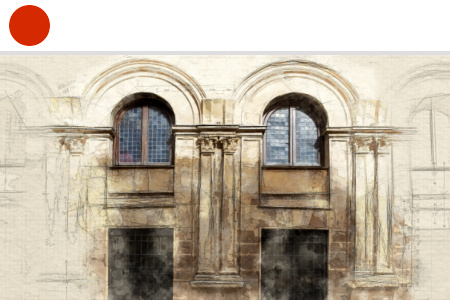Welcome to Our Introduction to Architecture Homeschool Course
What is the tallest building in the world? What is the science behind castles and bridges? Through thirty-seven lessons, Introduction to Architecture answers these questions and covers topics such as components of architecture, building structures, and the history of these structures. Students in middle and high school learn about the art and science of designing and building structures used for living, working, worshiping, visiting, and traveling.
External links may be included within the course content; they do not constitute an endorsement or an approval by SchoolhouseTeachers.com of any of the products, services, or opinions of the corporation, organization, or individual. Contact the external site for answers to questions regarding its content. Parents may wish to preview all links because third-party websites include ads that may change over time.
Para traducir cualquier página web, haz clic en los tres puntos o líneas en la esquina superior derecha de tu navegador, o haz clic aquí para más información.
Introduction to Architecture
Length: 37 weeks
Content type: Text based
Grades: 6–12
Tammie Bairen
Related Classes You May Enjoy

































